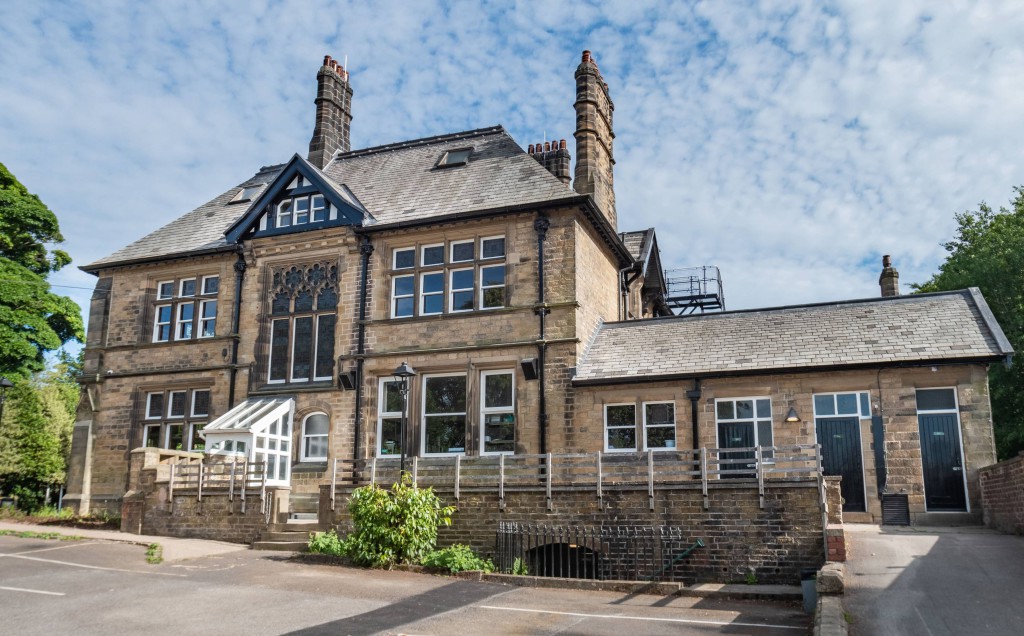Listed Building Renovation – The benefits of using heritage construction specialists

According to the latest government data, the UK has around 380,000 listed buildings. While owners have the benefit of living or working in property deemed to have special architectural or historical interest and, in some cases, being of national importance, renovating these prestigious buildings in a way that preserves their heritage can be a highly complex process. The NU Construction team explores the complexities of renovating listed buildings and the benefits of working with a trusted and established heritage construction specialist.
Overcoming planning hurdles
A listed building’s special status means that contractors cannot commence any renovation or alteration work at the property until the local planning authority has granted listed building consent. Obtaining this consent can be a lengthy process. As the planning authority has an obligation to protect and preserve the building’s heritage, they will require owners to submit detailed redevelopment plans.
In order to understand how the proposed works will impact the building’s character, the authority may want to know more than just the finished look of the project; they may also want information about the building materials and techniques that contractors intend to use. Plans can be rejected or need adapting if the planning authority does not think they are in sympathy with the building’s character.
Getting listed building consent can also be expensive and time consuming. Planning permission usually takes 8-13 weeks for standard buildings, but for listed properties with more complex requirements, it can take longer. To avoid plans being rejected and having to go through the application process multiple times before consent is granted, it can be advantageous to work with a heritage construction specialist from the outset. This way, their experience and knowledge of working with listed properties can ensure that the plans submitted, and the materials and techniques used, are sympathetic to the building and will meet planning requirements. As a result, the process can be less protracted and the impact on costs, deadlines and contractor availability can be minimised.
The majority of listed buildings are older properties and, in many cases, new owners may want to make notable adaptations, change their use, or build extensions to make them suitable for the 21st century. Works of this nature not only require listed building consent but also need to comply with building regulations. These extra requirements mean that heritage contractors working on these types of projects must also have a thorough understanding of current building regulations.
Challenges of listed building renovation
Preserving the character of a listed building requires a wide range of specialist skills. In some cases contractors may need to use historical techniques and materials that many modern professionals have no experience of working with. A long-established heritage specialist will not only know craftspeople with specialist skills, but may actually employ some. They will also have extensive supply networks that enable them to procure the sometimes hard-to-get materials required. Importantly, they know how to protect and work with the original and often fragile materials used in these properties, for instance, instead of using power tools that can cause damage, they will apply more sympathetic methods.
Besides complying with health and safety regulations, experienced heritage contractors will also be aware of the potential risks of working in older buildings, such as loose stonework, weak floors and collapsing roofs. To ensure safety, buildings will be assessed and areas where work takes place or which are deemed unsafe will be closed off.
Listed buildings can sometimes throw up hidden problems. There can be structural issues that require immediate attention, or unknown historical features can be discovered and require preservation work. A heritage specialist will be prepared for these issues, will know where to look for them and have the experience to deal with them without causing unnecessary delays.
Overall, by partnering with a heritage construction specialist, owners of listed buildings can avoid issues with consent, planning permission and building regulations, while ensuring renovation work is carried out by skilled professionals in sympathy with the building’s heritage. The approach, contrary to belief, may well reduce costs and timescales whilst ensuring a high quality finish is achieved.







